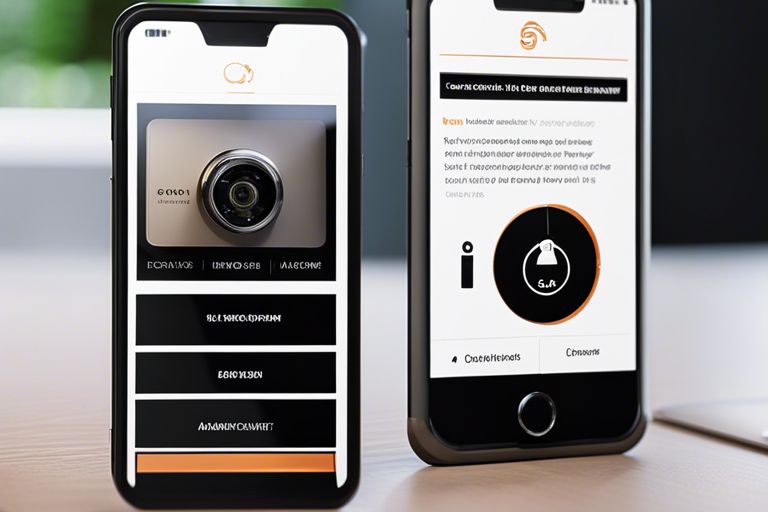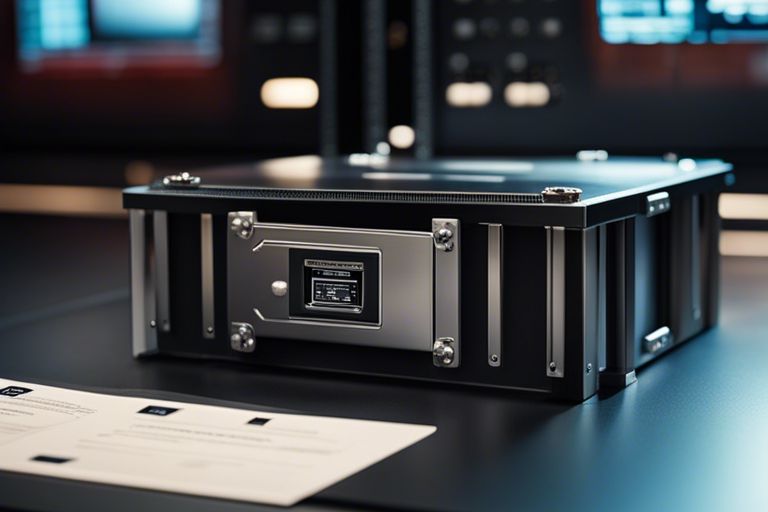The Internet of Things (IoT) has revolutionised our lives and work. IoT devices have become integral to our daily lives, from smart homes to industrial automation. However, with the increasing number of connected devices, securing your IoT network has become more critical.
1. Change Default Passwords
Changing their default passwords is one of the first steps to secure your IoT devices. Many IoT devices come with generic passwords that are easy to guess. Changing these passwords to unique and strong ones can significantly reduce the risk of unauthorised access.
2. Keep Devices Updated
Regularly updating your IoT devices is crucial for maintaining their security. Manufacturers often release firmware updates that address vulnerabilities and improve device performance. Check for updates periodically and install them as soon as they become available.
3. Segment Your Network
Segmenting your network can help isolate your IoT devices from other devices on your network. By creating separate VLANs (Virtual Local Area Networks) for your IoT devices, you can limit the potential impact of a compromised machine. This way, even if one device is compromised, the attacker will have limited access to the rest of your network.
4. Use Strong Encryption
Enabling robust encryption protocols, such as WPA2 (Wi-Fi Protected Access II), can help secure the communication between your IoT devices and the network. Avoid using outdated or weak encryption methods that can be easily compromised.
5. Disable Unnecessary Features
Many IoT devices come with features that you may not need or use. These features can introduce additional security risks. Turning off any unnecessary parts or services is recommended to minimise your devices’ attack surface.
Conclusion
Securing your IoT devices is essential to protect your network and privacy. By following these steps and adopting best practices, you can significantly reduce the risk of unauthorised access and ensure the safety of your connected devices.






